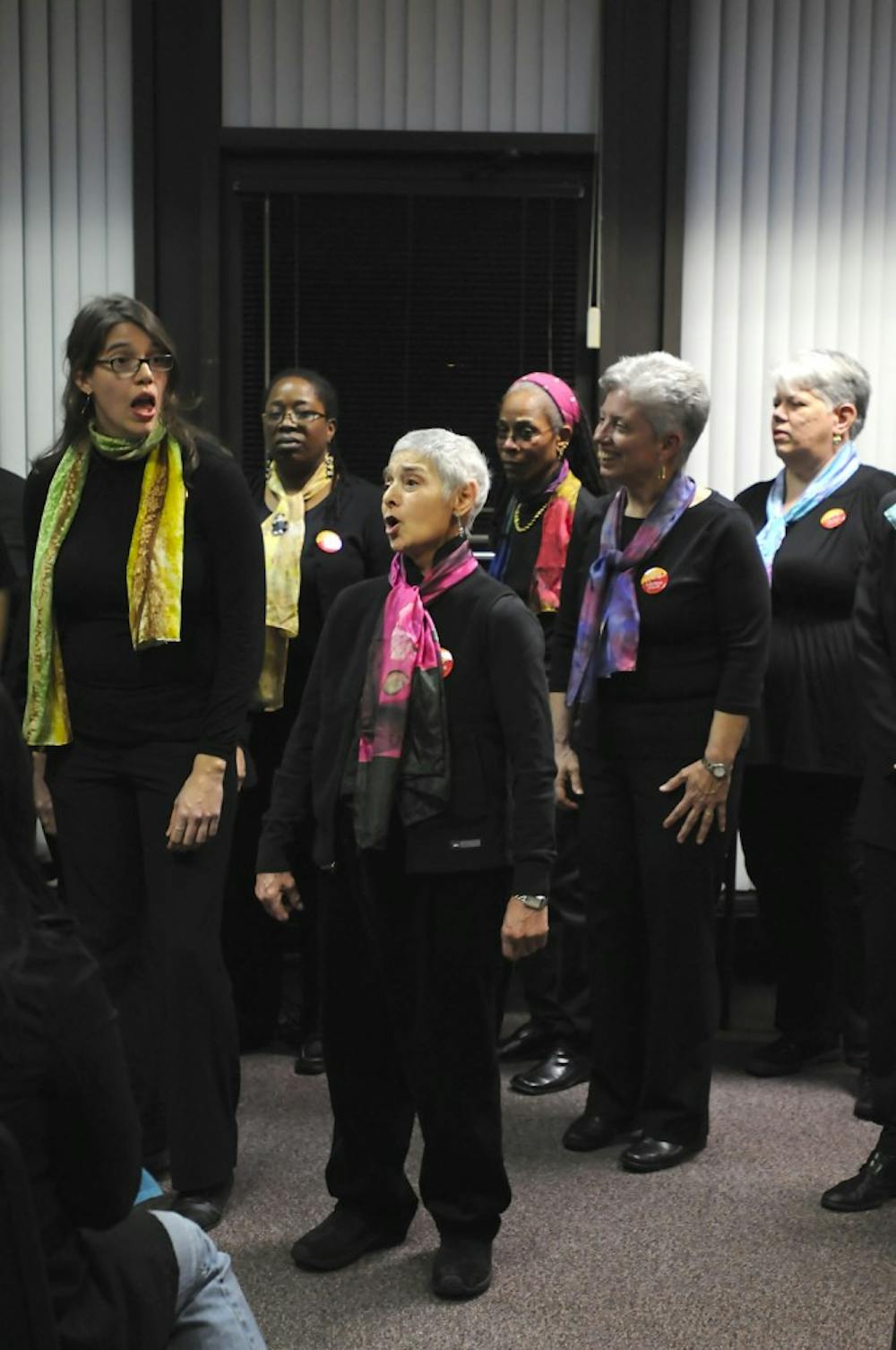
Though National Women’s History Month commemorates years of struggle for women’s recognition, the fight for equality continues at Penn.
Throughout March, the Penn Women’s Center, along with various groups in the Penn Consortium of Undergraduate Women, has hosted a variety of events celebrating women both at Penn and as members of larger society.
Given the history of women at Penn — and its peer institutions — many participants believe that a celebration like Women’s History Month is remarkable in itself.
Being a woman at Penn, even as recently as the 1970s, “was not easy,” Women’s Studies Program co-director Demie Kurz said. “If you were a woman faculty person you were supposed to stay quiet and do your thing, and not make waves.”
The more silenced position of women leaders at Penn, she added, also impacted the experience for female students.
They may not have had “the role models, mentoring and support that men have,” Sherrill Adams, professor in the School of Dental Medicine, wrote in an email.
As time went on, the situation for women improved. Judith Rodin became the first-ever female president in the Ivy League in 1994, followed by Penn President Amy Gutmann.
“What this means is that we have extraordinary women leaders as role models for faculty” and for students, Adams added.
Despite these improvements, inequalities still exist for women in academia and at Penn. “We have what I call the stairstep problem,” Adams wrote. While women make up 51 percent of the student body, they are 45.2 percent of assistant professors, 34.9 percent of associate professors and only 18.4 percent of full professors.
“We are losing women at virtually every step of the academic ladder,” she added.
Numbers like these, Kurz said, reflect the fact that “academic careers, like some other careers, are not geared up to be family friendly.” The time for women faculty to receive tenure often conflicts with childbearing and other family responsibilities, making a full-time professor position more difficult to attain.
However, Penn is making strides to accommodate more female professors. By making changes like adding more daycare spaces, Kurz said, Penn will help women pursue both their academic and family lives.
Furthermore, the University is striving to open up more leadership positions for women. Currently, one-third of Penn’s deans are women, Adams wrote, which serves as an inspiration for the female student population.
“Having a female faculty member as a teacher is beneficial for women especially, but for men as well,” College junior Meg Hlousek said, adding that women help vary the academic environment and thought process.
However, in class, she has heard “people’s comments go unchallenged that validate a gender hierarchy.” Although there are female faculty members and leaders, “there are still undertones of sexism on campus.”
Because of this trend, resources exist at Penn that work to alleviate any vestiges of sexism. “If women are struggling along this trajectory or simply want a tight-knit gendered community, things like the Penn Women’s Center exist,” College sophomore Ali Kriegsman wrote in an email.
With the supportive community for women on campus, “if you think there’s something that needs to be done for women, you can get up and make it happen,” Kurz added.
Despite the ever-present need for progress, “at Penn we are all proud to be women and I feel like the academic community is generally proud for us,” Kriegsman wrote.
The Daily Pennsylvanian is an independent, student-run newspaper. Please consider making a donation to support the coverage that shapes the University. Your generosity ensures a future of strong journalism at Penn.
DonatePlease note All comments are eligible for publication in The Daily Pennsylvanian.





